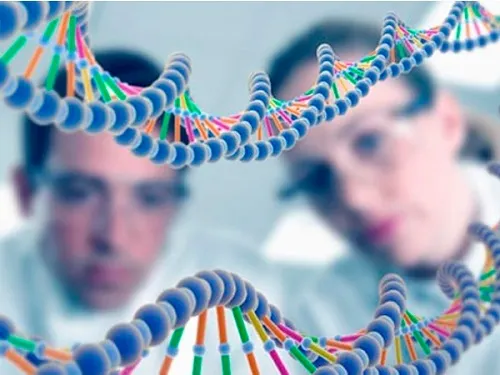The study, published in the journal Scientific Reports, of the Nature Group, has been conducted by researchers from the Alberto Sols Biomedical Research Institute (CSIC-Autonomous University of Madrid) belonging to the Biomedical Research Center in Network of Diabetes and Metabolic Diseases Associated (Ciberdem), With the collaboration of researchers from the Cajal Institute (CSIC).
Maternal diabetes during pregnancy is a “very important” risk for the appearance of malformations in embryonic and fetal development, which fundamentally affect the formation of the nervous and heart system, explains Mario Vallejo, director of the study, and researcher at CIBERDEM.
It is believed that the increase in glucose in the mother's blood causes excessive production of free radicals in the embryo cells, "which produces oxidative stress with the consequent damage and cell death," adds the researcher.
The gene in mouse models
Using a maternal diabetes model in mice, researchers have discovered that by detecting abnormally high glucose amounts in maternal blood, ALX3 is activated in embryonic cells during intrauterine development.
With this, "the synthesis of a regulatory protein codified by this gene is launched, whose role is to stimulate the activity of a set of different genes responsible for the production of enzymes that eliminate free radicals to deal with oxidative stress,"Vallejo details.
On the contrary, when ALX3 is abnormally inactive, the genes that encode these enzymes are not stimulated, which triggers the incidence and severity of congenital malformations, he explains.
In the same study, researchers have described that the mechanism by which this response is launched includes the stimulation of the production of another transcription factor called Fox1, which also plays an important role in the defense of the organism against free radicals.
Thus, researchers have shown that ALX3 is a fundamental piece for the defense of embryonic cells against damage caused by oxidative stress generated by hyperglycemia of maternal origin.
Source: EFE


